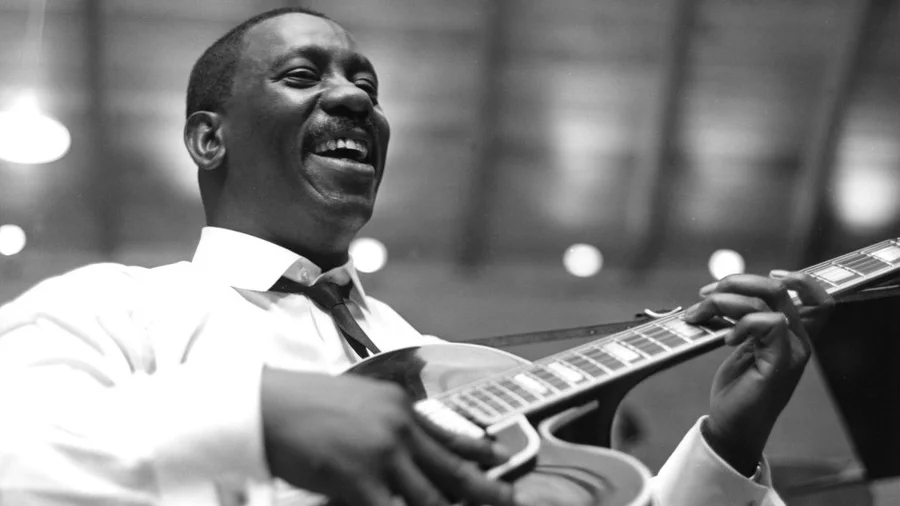Best Jazz Guitar Songs To Learn
In this live session excerpt, Ryan and Greg discuss just which jazz songs and song forms to learn first for those who are early in their jazz guitar journey.
Utilizing the ’80/20 rule’, these tunes will teach you the common chord progressions, turnarounds and song forms to enable you to play thousands of other songs!





